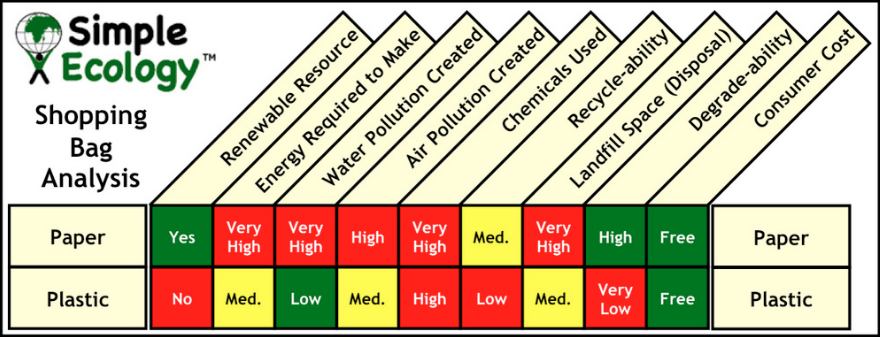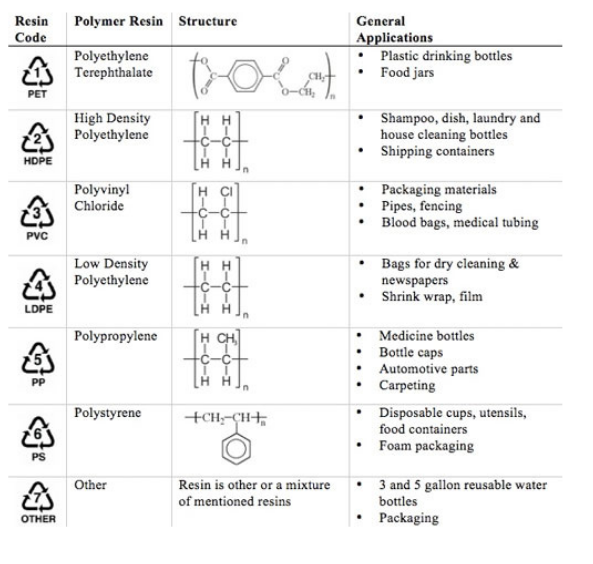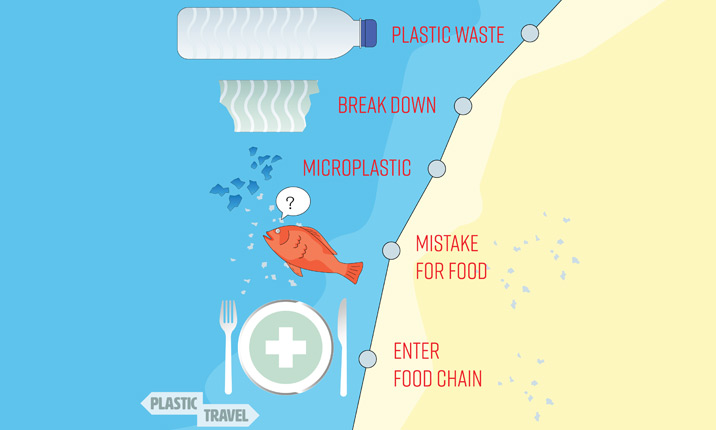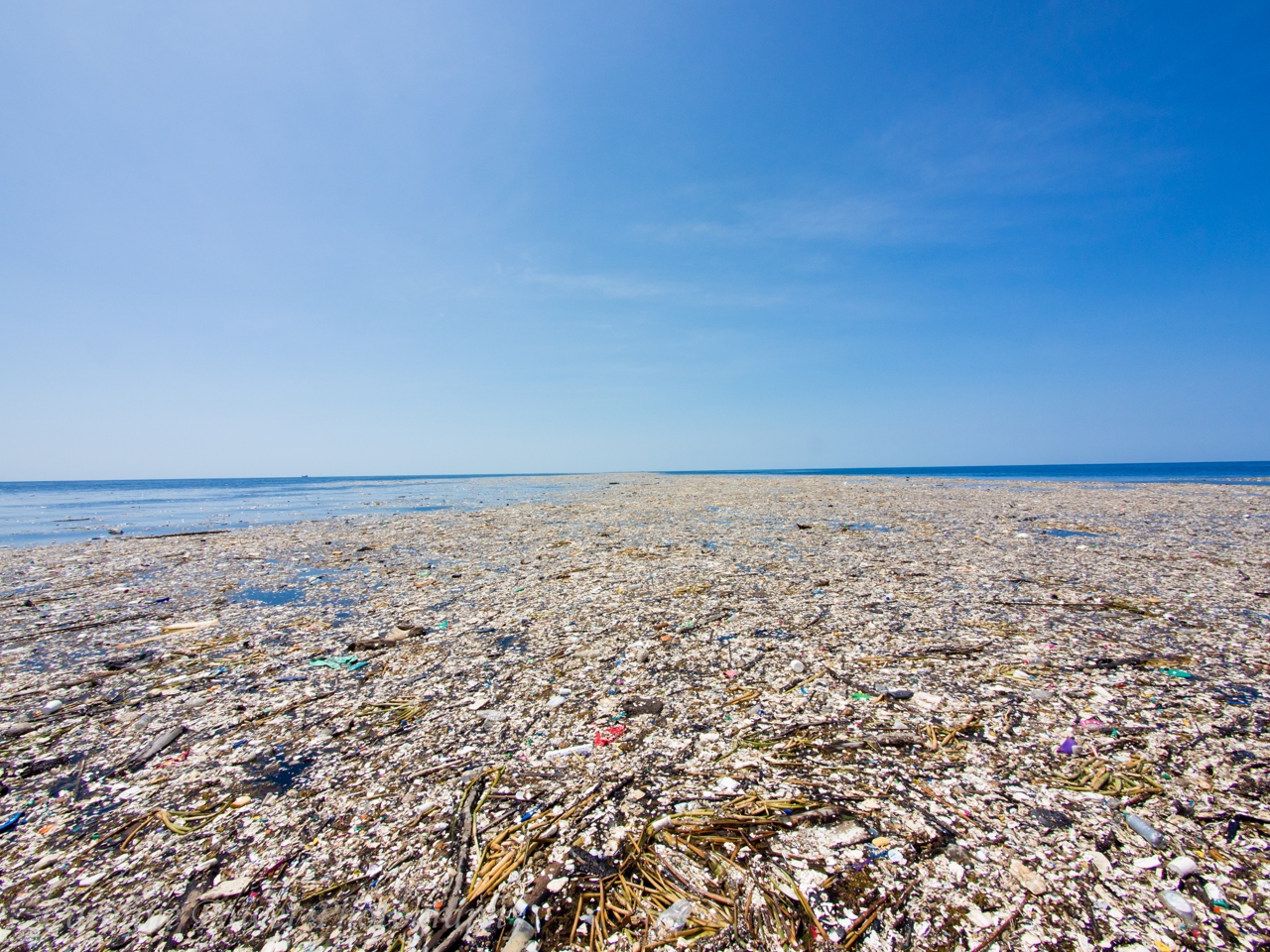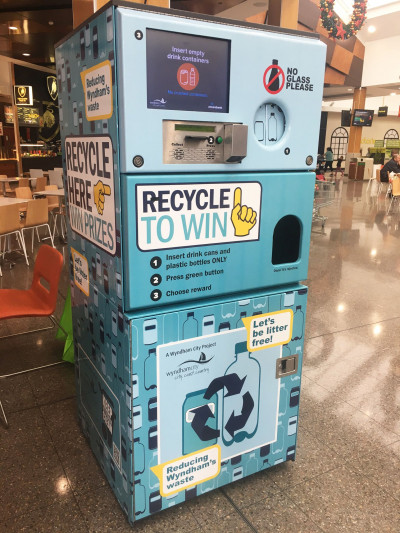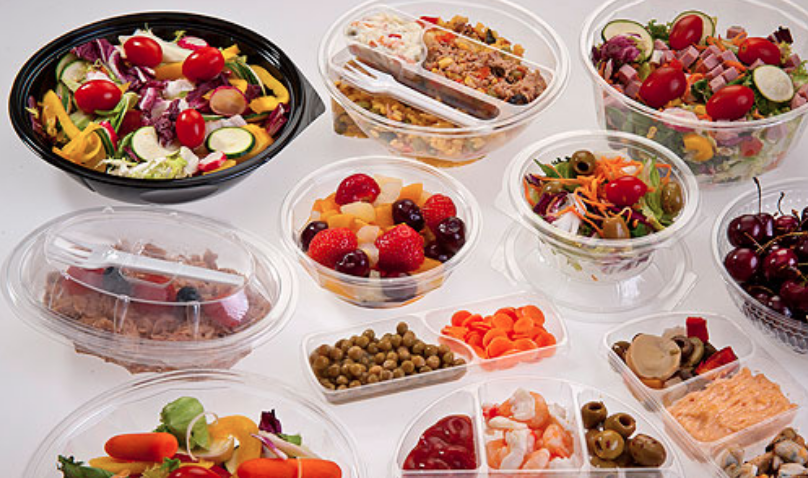The Engineering Behind Plastic Waste
A life without plastic products is nothing short of an unimaginable ordeal. Plastics have become an extremely integral part of our life and there’s literally no way to completely eradicate this from our livelihood. Our phones, laptops, home appliances, car interiors, stationary, you name it and it has a percentage of plastic in the end product. This is a direct result of Plastic Engineering that deals with the processing, design, development, and manufacture of plastics products.
However, we notice that the topic of ‘Recycling Plastic Waste’ is almost never discussed under the shade of Plastic Engineering and we need to change this mindset if we are aiming for a sustainable future.
Are all Plastic Products bad?
Not really. In some cases, plastics are the better option and are more reliable and environment friendly than its so called alternatives. Now this may be new information to some of the readers here. Below is a comparison between Paper and Plastic bags.
As we see from the table above, plastics are not that bad in all cases. It is sometimes recommended to go for plastic over its alternatives based on the situation at hand.
So where is the problem?
Plastics are polymers and polymers come in many different forms. Not all plastics are same. Each type of plastic differs in its molecular structure and the structure is one of the main reasons why most plastics end up in landfills or oceans where they take centuries to degrade and return back to nature.
Most plastic products mention their ‘Resin Code’ on the side or under the product. They are usually 3 arrows drawn in a triangular form with a number in the centre. Next time you pick up your bottle of water, remember to check out the resin code and leave a comment below of what you found.
Here’s a table that explains the different types of plastics that we have around us.
Different types of plastics take their own sweet time to degrade into the soil but the average time that it can take to degrade is about 400 years. Depending on the type, some plastics can even take 1000 years or more. Now that is really a long time to wait for and until then all these un-recycled plastic waste is going to wash up on our shores and end up in our landfills or in one of the many garbage patches present in our oceans today.
Even then, the plastics do not actually break down in to simpler molecules due to micro organisms present in the soil. It’s usually the harsh conditions of nature, Ultraviolet Rays and the torturous oceans that break down these plastics into smaller pieces. These tiny miniscule pieces stay in the soil as micro plastics and as a result of that, micro plastics have began to end up in the food chain. An Independent research shows that Humans consume enough micro plastics in a week to make a credit card. That sounds like a problem.
How to tackle the plastic waste dilemma?
When it comes to plastic waste, we have issues and then we have solutions and we are going to discuss both
Plastic waste is nothing short of an epidemic in today’s world. There are a handful of mainstream solutions on how to deal with plastic waste. The basic rule of 3 Rs – Reduce, Reuse, and Recycle seems to be losing its grip from the minds of the general population.
Much can be done in the field of recycling plastics. Although government backed preventative measures to curb the use of single use plastic do bring positive change but it doesn’t really deal with the tons and tons of plastic waste floating and washing up on our shores already.
8 million tons of plastic waste end up in the oceans every year and 90 % of these waste enters into the ocean through 10 rivers of which 8 rivers are in Asia. This makes Asian countries the biggest contributors to plastic waste. If the garbage keeps ending up in the sea at this rate then we will have more plastic in the ocean than fishes by the year 2050.
From Trash to Riches
A strict recycling and reducing government department needs to be set up in each city to monitor and deal with the use and disposal of plastic waste. Countries with large populations should be a leading example to other countries. Setting up such waste conscious departments that strictly monitor the manufacturers that create single use plastic and then further investing in factories to recycle and create new products from those products can be looked into as a way to increase business opportunities in the future.
The plastic waste floating in our oceans and situated in our landfills total to about a 4 Trillion Dollar business if looked at it from a recycling business prospective. Below is an image of the the great pacific garbage patch.
An official drive to collect plastic waste and deposit it to the recyclers in itself creates new job opportunities and businesses. Schools and other education institutes should instill the idea of identifying the type of plastic and sorting them in it’s respective compartments making it easier to dispose after its use.
More Incentive Centres and Reverse Vending Machines (image below) than soda dispensing machines needs to be installed for those who collect, sort and recycle plastic waste. Straight to cash or other lucrative options need to be provided to those who actively take part in curbing and properly disposing plastic waste.
Multinational Corporations and Governing bodies need to invest in the education of its staff, schools, universities and the likes on how to properly use and dispose plastic waste strictly.
Manufacturing and producing plastic products is not the only issue at hand but educating the masses on how to properly dispose single use plastics and plastics of different types is a more important step that needs to be taken before its too late. That's where Plastic Engineering comes into play.
What should we do next?
Education is one of the best way forward for Plastic Engineering.
Education is a must if one needs to counter the idea of plastic waste. We know that the major plastic waste contributors are packaging. This includes almost all packaging methods in the food and the construction industry. While the packaging industries decide on how to tackle the problem they are creating, we must learn to use plastic products responsibly.
Companies who manufacture plastic products must also invest and set up workforce and recycling plants to collect and recycle waste which will earn them the ‘Plastic Waste Neutral Company’ just like how companies get the carbon-neutral badge today.
Manufacturing plastic products may not be harmful after all if you were to tally its benefits against its alternatives but it is the use and it’s proper disposal that requires to be taught to the consumers.
I repeat: Education is a must if we continue to produce and discard the amount of plastic that we are dealing with right now which is only going to increase in the coming years if appropriate measures are not strictly implemented.
There is a whole lot of plastic waste and recycling that I haven’t touched on but I will leave that for another article. In the meantime,
“Be the solution to the pollution”
Sources:
http://www.savegreenery.co.in/plastic-food-containers-its-health-hazards/
https://www.10rivers1ocean.com/10r-1o-ploads/2019/02/ptgbsdqeqyc11.jpg
https://www.mountelizabeth.com.sg/healthplus/article/microplastics-in-food
https://makeupview.co/chemical-makeup-of-plastic-bags/
https://www.istc.illinois.edu/UserFiles/Servers/Server_427403/File/20140425.pdf
https://www.youtube.com/watch?v=mT4Qbp89nIQ - David Katz
https://www.youtube.com/watch?v=2L4B-Vpvx1A - Leyla Acaroglu
Author Bio: Hi, my name is Salman and I am a Solar Engineer, a Spearfisher and a clean-up diver. You can connect with me on my Instagram:
Link: https://instagram.com/gear.sub

